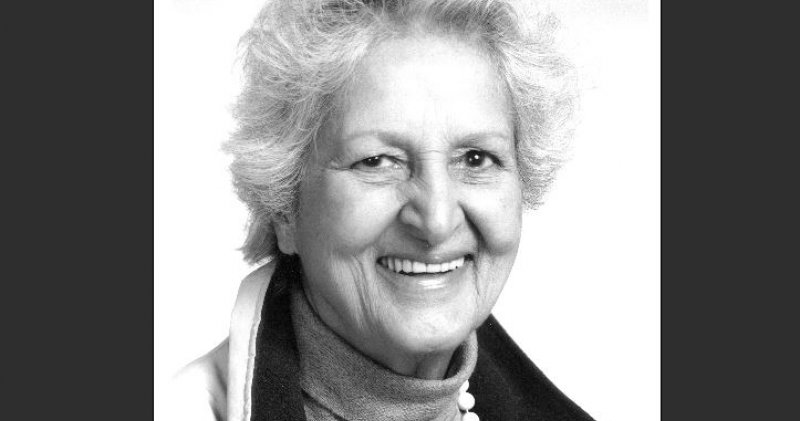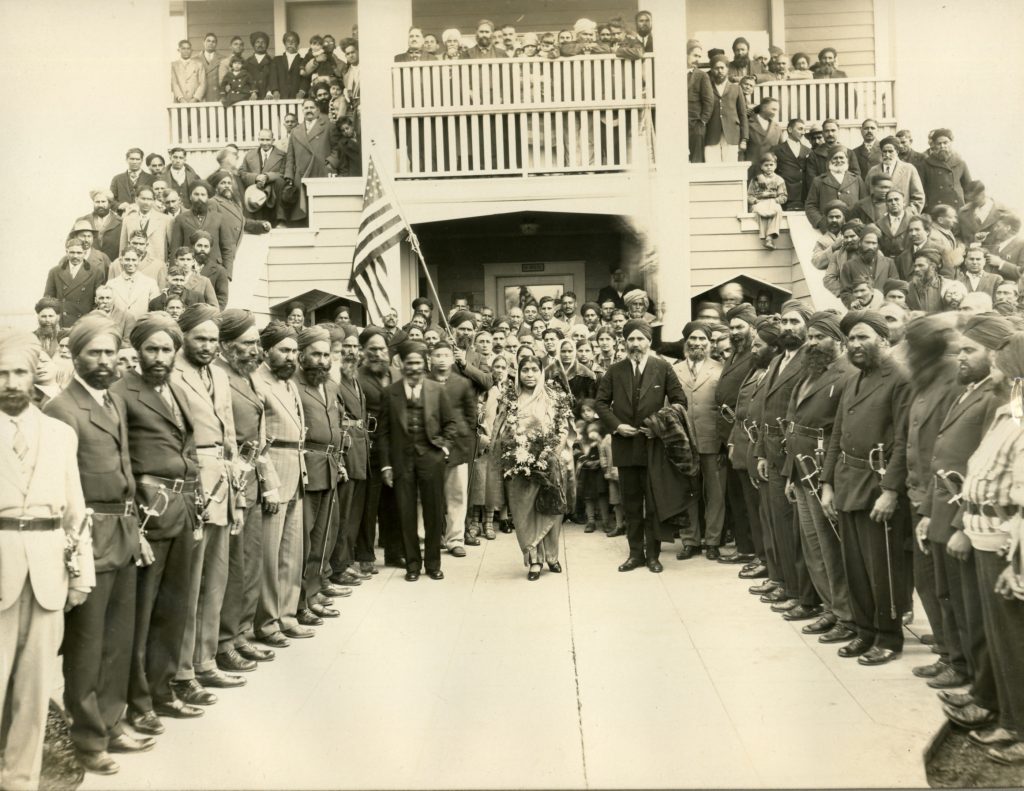Punjabi Women
5 million worldwide
300,000 in America
0 in textbooks?

Rattan Kaur, early 1920s

Anti-colonial materials circulated by the Ghadar Party

Stockton Gurdwara, center of community & resistance
From the thrones and the agricultural edges of Punjab empires, to the gruesome battles in Sikh history, and now to the overlooked influence in the United States, Punjabi women have held a ubiquitous presence throughout time. The hands that fed families, tilled known and unfamiliar soil alike, have also held histories too vast for margins.
In fields and factories, in Gurdwaras and courtrooms, Punjabi women have shaped memory, movement, and meaning. Names unspoken in the archive still echo through protest songs, kirtan, and whispered prayers.
From the shadows of colonial violence to the aftermath of partition, genocide, racism in and out of India, and diaspora, these women carried more than children or traditions. They have carried the burdens of silence, and the bones of belonging.
Yet most remain absent from public memory. Not from lack of impact, but from deliberate omission. After all, power has rarely paused to honor the soft labor of survival.
This space exists to honor that labor. To gather the fragments. To knit back what is tangible history buried beneath neglection, prejudice, and biases. To center the histories of Punjabi women—farmers, migrants, revolutionaries, daughters of the soil—whose legacies live in resistance, remembrance, and reclamation.